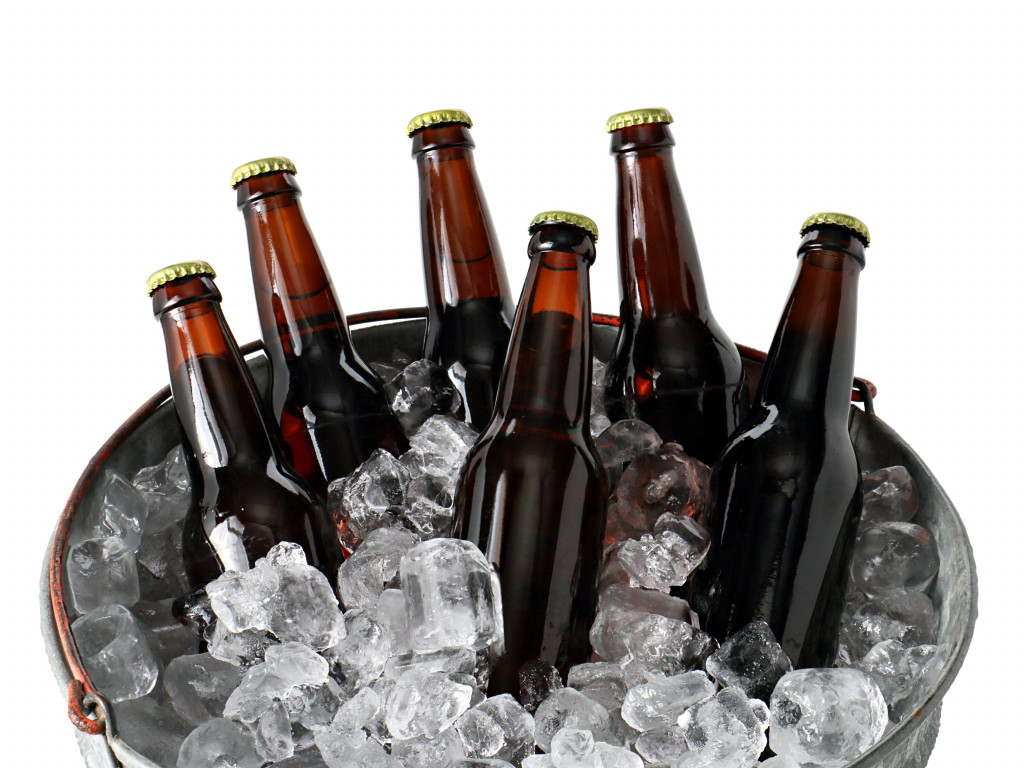Brewing is an essential part of making beer, and beer is one of the most consumed alcoholic beverages in the world. About six billion gallons of beer are consumed in the United States alone. However, starting one can be challenging unless you choose the right place.
In Canada, brewers are more fortunate. The brewing industry is growing rapidly, with the number of craft breweries increasing in just a few years. Moreover, Canada’s central provinces have supportive policies that encourage small businesses. So unlike the United States, which is dominated by big brands such as Budweiser and Miller Lite, the Canadian market is more fragmented and provides opportunities for small-scale brewers. If you’re thinking of starting a brewing business in Canada, here are four tips to help you get started:
Get a License
Getting the proper licenses and permits is the first step to starting any business. In Canada, you will need a federal license from the Canadian Food Inspection Agency (CFIA) and a provincial license. Each province has different rules and regulations regarding alcohol production, so it is essential to check with your local government first. You can find more information on the CFIA website.
Additionally, if you’re going to be a pressure brewer, you will need a specialized certification known as CRN. You might ask, what is CRN certification? Generally, this certification is required for all businesses that use pressure in their process. Without it, your business won’t be able to operate. You’ll need it if you have equipment that utilizes pressure.
Get the Right Equipment
The next step is to get the right brewing equipment. This can be costly, so it’s essential to do your research and find the best possible deal. You’ll also need to decide what kind of brewing system you want. There are three primary types:
- All-grain: This is the most traditional type of brewing. All-grain systems require malt, hops, water, and yeast. The process is more complicated than other methods and can take longer, but many brewers feel it produces a better-tasting beer.
- Extract: Extract brewing is a bit simpler than all-grain brewing. It involves using malt extract instead of mashing grain. This method is faster and easier than all-grain brewing, but some brewers feel it doesn’t produce as high-quality of a product.
- Partial mash: Partial mash brewing is a hybrid of all-grain and extracts. It involves mashing some grain and using malt extract for the rest. This method is in the middle in terms of complexity and time, but it can produce good results.

You’ll also need to decide what kind of vessel you want to brew in. The two most common types are:
- Batch sparging: Batch sparging is the most common type of brewing. It involves adding all the water at once and draining it out after the grains have been soaked.
- Continuous sparging: Continuous sparging is a bit more complicated. It involves adding water continuously throughout the process. This method is used by some commercial breweries but is not as common for home brewers.
You’ll also need to choose what kind of fermentation vessel you want. The two most common types are:
- Carboy: A carboy is a large glass or plastic bottle. It’s often used for secondary fermentation, where the beer is transferred after the primary fermentation process.
- Bucket: A bucket is a simple container that can be made of plastic or metal. It’s often used for primary fermentation.
Get the Right Ingredients
After you have your equipment, you’ll need to get the right ingredients. The four main ingredients in beer are water, malt, hops, and yeast. Once you have these ingredients, you can start brewing.
There are many different types of malt, hops, and yeast, so it’s essential to research and choose the right ones for your beer. Water is also an important ingredient, and the type of water you use can impact the flavor of your beer. If you’re unsure what kind of water to use, you can always buy distilled water and add minerals to it to create the perfect brewing water.
Brew Your First Batch
Now that you have all the ingredients and equipment, you’re ready to brew your first batch of beer. The process of brewing beer is simple but takes time. The first step is to sanitize all of your equipment. This is essential to prevent bacteria from contaminating your beer. After your equipment is sanitized, you can start the brewing process.
Enjoy Your Beer
After all of this work, you’re finally ready to enjoy your beer. Be sure to pour it into a clean glass and store any leftover beer in a cool, dark place. If you think your batch is good enough, you’re ready to start your business. However, if it’s not, make sure to refine it so that it will suit your consumers’ tastes.

